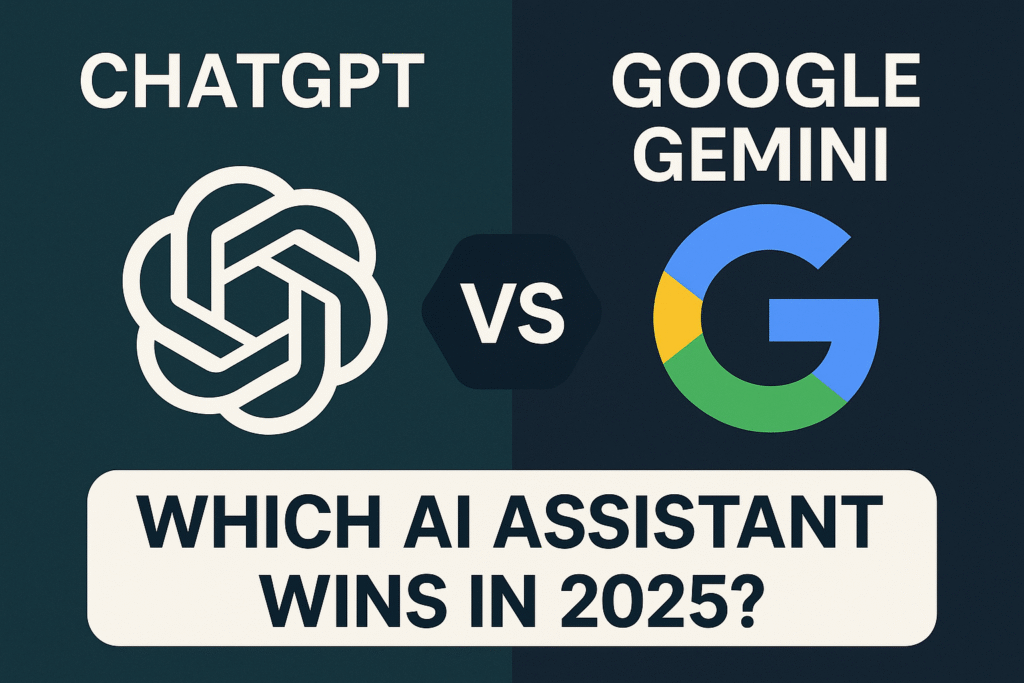Finding the right digital tool to guide your health journey can feel overwhelming. With so many options available, a guide showing fitness and workout apps compared is more important than ever. These apps have completely changed how we exercise. They offer everything from live classes to AI-driven plans. Therefore, this guide breaks down the top contenders of 2025. We will look at their features, variety, and cost. This will help you find the perfect app to meet your personal goals and fit your lifestyle.
A Closer Look: Top Fitness and Workout Apps Compared by Type
The world of fitness apps is incredibly diverse. Primarily, they fall into a few key categories based on the experience they offer. Some provide a studio-like feel with instructor-led classes. In contrast, others act as an AI-powered personal trainer in your pocket. Understanding these differences is the first step in choosing the right platform for your needs. It’s essential to know what kind of guidance and structure helps you stay motivated.
On-Demand Class-Based Apps
These apps offer huge libraries of pre-recorded and live workout classes. They are perfect for people who enjoy the energy of a group setting and instructor motivation.
- Peloton: Famous for its high-energy cycling and running classes, Peloton also offers strength, HIIT, and yoga. Additionally, its instructors are known for their motivational style and amazing music playlists that make workouts feel like an event.
- Apple Fitness+: This app integrates seamlessly with the Apple Watch. It displays your real-time stats, like heart rate, directly on the screen. Furthermore, it provides a wide range of workout types with a strong focus on inclusivity and offering modifications for all levels.
- Nike Training Club (NTC): NTC is a powerhouse of content. It features workouts led by Nike trainers and inspired by top athletes. A major benefit is that a vast amount of its premium content is now completely free, making it incredibly accessible.
AI-Powered and Personalized Training Apps
A new generation of apps uses artificial intelligence to create workout plans that adapt to you. They learn from your performance and feedback to keep you challenged. This is a key factor when you see today’s fitness and workout apps compared to older models. They offer a level of dynamic planning that was once only available from a human coach.
- Fitbod: Fitbod generates daily strength training workouts based on your goals, available equipment, and muscle recovery. Consequently, it ensures you get a balanced routine that prevents overtraining and plateaus.
- JuggernautAI: Specifically for serious strength athletes, this app uses a sophisticated AI to manage your powerlifting or powerbuilding program. It adjusts your training volume and intensity based on your feedback, using concepts like RPE (Rating of Perceived Exertion).
- Freeletics: This app uses an AI coach to build tough HIIT and bodyweight training plans. Moreover, the plans evolve as you get fitter, and the app has a strong community to keep you going.
Virtual Personal Training Platforms
For the highest level of personalization, some apps connect you with a real human coach. This option offers unmatched accountability and expert guidance, though it comes at a premium price.
- Future: Future pairs you with a dedicated personal trainer. They create your weekly workout plans and communicate with you through the app. This high-touch service is ideal for those who need consistent support and accountability.
- Caliber: Caliber provides both one-on-one and group coaching. Its focus is on evidence-based strength training programs. Coaches deliver custom workout and nutrition plans and offer regular check-ins to adjust your strategy as needed.
Customization Features in Fitness and Workout Apps Compared
Personalization is what makes a fitness app truly effective. The best platforms do more than just offer a library of videos. Instead, they tailor the experience to your unique body, goals, and preferences. When we look at fitness and workout apps compared on this metric, a clear divide emerges between curated content and true AI adaptation. For instance, apps like Peloton let you filter by instructor and music, which is a form of curation. However, AI-powered apps like Fitbod take it a step further. They create entirely new workouts for you based on what equipment you have, making it simple to explore new fitness territories at home or the gym. This dynamic approach ensures your routine never gets stale. According to the American Council on Exercise, personalized programming is a key factor in long-term success.
Community Spirit: Social Fitness and Workout Apps Compared
Motivation can be hard to maintain alone. This is why many top platforms build strong community features into their experience. These social elements can create a powerful sense of connection and friendly competition. Strava, for example, is often called the social network for athletes. It allows users to share activities, compete on local leaderboards, and give each other encouragement. Similarly, Peloton’s in-class leaderboards and user tags foster a vibrant community. This sense of shared effort reflects a deeper truth about human nature; we often perform better when we feel like part of a team. It’s a piece of enduring wisdom that these apps leverage beautifully. Seeing friends complete a workout can be the perfect nudge you need to get moving yourself.
Breaking Down the Cost: Fitness and Workout Apps Compared by Price
Budget is a major consideration for many users. Luckily, the market offers a wide range of pricing models, from free to premium. Understanding these tiers is crucial when you see all the fitness and workout apps compared. You can find incredible value at every level, so it’s about matching the price to the features you truly need.
Free and Freemium Options
Many apps provide fantastic features at no cost. Nike Training Club stands out by offering its entire vast library for free. Additionally, apps like MyFitnessPal and Strava offer robust free versions for basic tracking, with premium features hidden behind a paywall. Freeletics also gives a taste of its workouts for free, reserving its AI coach for subscribers.
Mid-Range Subscription Apps
This is the most common model. Monthly or annual fees unlock full access to content libraries and special features. Apple Fitness+ and the Peloton App fall into this category, offering thousands of classes for a set fee. Likewise, AI apps like Fitbod and JuggernautAI use a subscription to provide their ongoing, personalized programming.
Premium Personal Coaching
At the highest tier are virtual coaching services like Future and Caliber. Their monthly costs are significantly higher. However, they provide one-on-one access to a certified human coach. This price reflects a much more personalized and hands-on service, similar to in-person training.
Conclusion: Finding Your Ideal Fitness Partner
Ultimately, the best app is the one you will use consistently. After seeing these fitness and workout apps compared, the right choice depends on your goals, budget, and personal style. If you love instructor-led classes and want great value, Nike Training Club is a fantastic free option. For Apple users, the seamless integration of Apple Fitness+ is hard to beat. If you thrive on data and want a plan that grows with you, an AI app like Fitbod could be a perfect match. Finally, for those needing accountability, the investment in a virtual coach from Future or Caliber may be the key to success. Consider what motivates you and choose the app that feels less like a chore and more like a trusted partner on your fitness journey.

